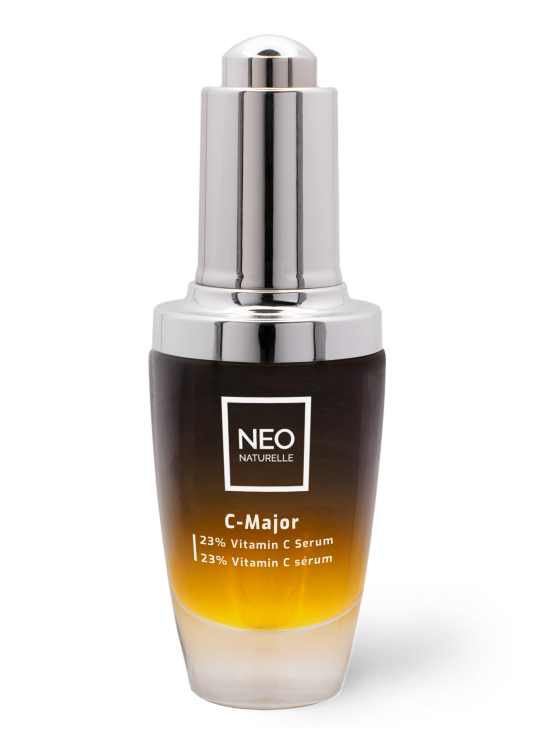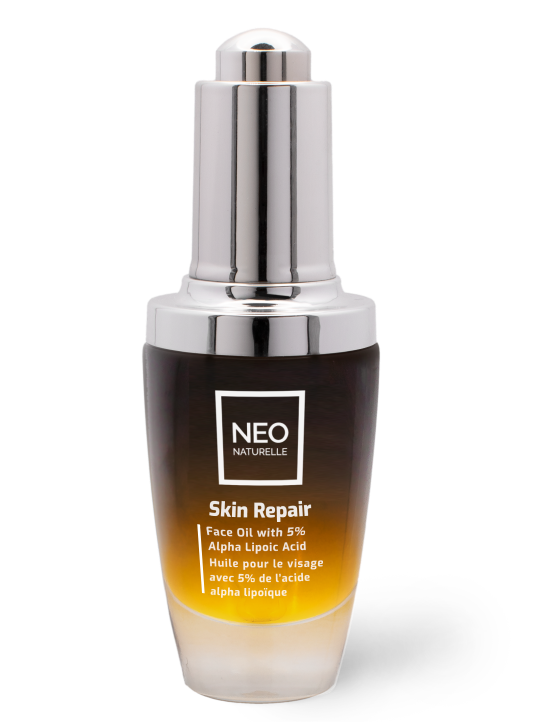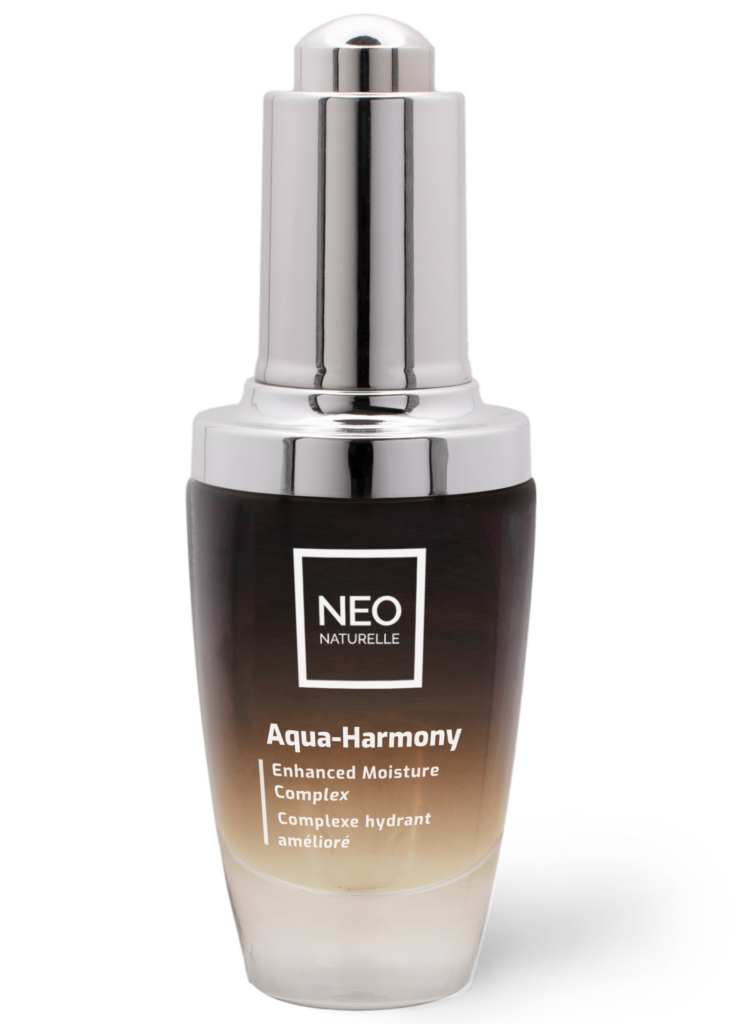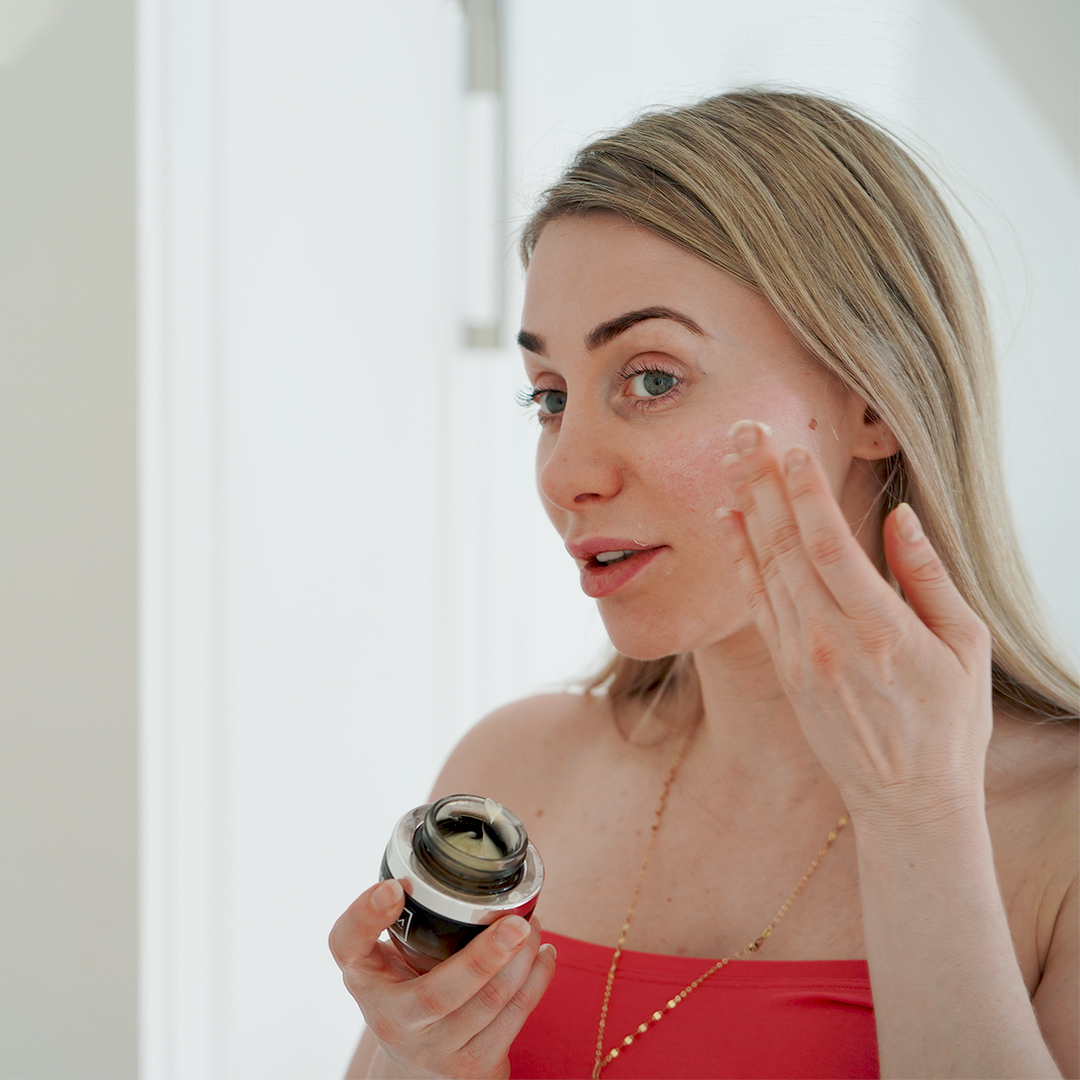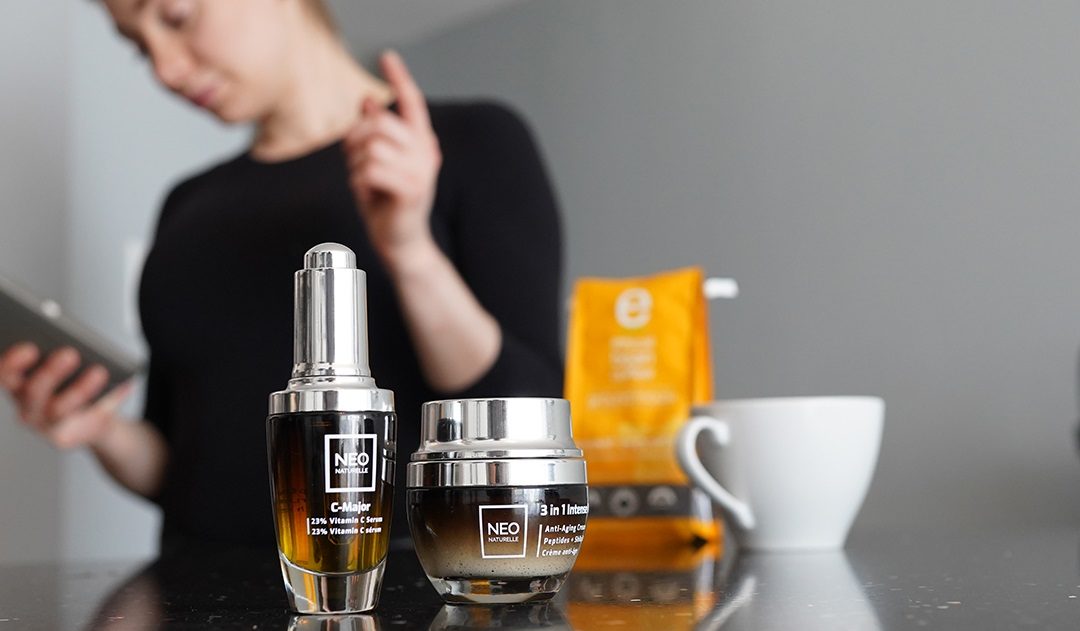If you are an ethical vegan (also known as a “moral vegetarian”) – someone who not only follows a vegan diet but extends the philosophy into other areas of their lives and opposes the use of animals for any purpose we would like to help you to recognize some hidden ingredients in the skincare, hair care and makeup products that may compromise your beliefs.
We did our best to compile a comprehensive list of non-vegan ingredients you may find in beauty products. It is not easy to recognize non-vegan ingredients as they may hide behind scientific names. To make it easier for you we will disclose their common names as well as their ”professional/ ingredient listing” names.
Allantoin
Listed as Alcloxa, Aldioxa, Allantoin
Uric acid from cows or most mammals. Used in cosmetics, especially creams and lotions. Vegan alternative extract of comfrey root or lab-made.
Arachidonic acid
Listed as is
Arachidonic acid is characterized as an omega-6 fatty acid. This ingredient is typically used in products to moisturize the skin, so it could be hiding in your facial moisturizer, body creams, and hand creams. Arachidonic acid is typically derived from livers, butterfat, fish oils, and lard.
Bee Pollen
Listed as Bee pollen extract.
Bee pollen is a ball or pellet of field-gathered flower pollen packed by worker honeybees and used as the primary food source for the hive. It consists of simple sugars, protein, minerals and vitamins, fatty acids, and a small percentage of other components. Great as a high nutrition supplement for skincare and hair products
Bees Wax
Listed as Cera alba
A naturally occurring wax secreted mainly by honeybees, for constructing honeycombs Beeswax is an emulsifier and a thickener, commonly used in creams, balms, ointments, and lip products. In creams it creates an emulsion – doesn’t allow water and oil to separate, in lipsticks it is mostly used to create a solid texture. There are some surprising products where you can find beeswax: mascara, concealers, bath, and hair products.
Biotin
Listed as D-Biotin, Vitamin H, Vitamin B Factor.
Biotin has moisturizing and soothing properties. Biotin improves the texture of creams, adds body and shine to hair and can also help improve brittle nails. -Biotin is used primarily in the formulation of moisturizers, hair conditioners, grooming aids, shampoos, nail products.
Bovine Colostrum
Listed as is.
It is a milky fluid that comes from the breasts of cows the first few days after giving birth before true milk appears. It contains proteins, carbohydrates, fats, vitamins, minerals, and specific kinds of proteins called antibodies that fight disease-causing agents such as bacteria and viruses. You can find it in anti-aging creams, serums.
Caprylic acid
Listed as is
Caprylic acid is another fatty acid, which is quite often found in the milk of mammals. Unlike arachidonic acid, this fatty acid is used as an antiseptic and an antimicrobial, as well as fragrance in perfumes. However, caprylic acid can also be derived from palm & coconut oil, so if the product is labeled vegan, you can be sure they’re using plant-based caprylic acid.
Carmine
Listed as Cochineal, Natural Red 4, E120, C.I. 75470, or Carminic acid
A pigment of a bright-red color obtained from the aluminum salt of carminic acid; it is also a general term for a particularly deep-red color. The pigment is produced from the scale of insects such as the cochineal. Carmine is found in nail lacquer, blush, lip products, and in rogue toned eyeshadow.
Casein
Listed as Casein, Sodium caseinate, or Caseinate
A protein derived from the skim milk of cows. This product contains amino acids and is typically used for conditioning of hair or the skin.
Collagen
Listed as Hydrolyzed collagen, Marine collagen
Over 30% of your body’s protein is made up of collagen. Collagen is the protein that keeps the elasticity in your body, including the skin, muscles, & tendons. Typically, collagen is derived from bones, and hides of animals. Application of collagen applied topically is controversial as it is unclear whether it can penetrate your skin. You will get better results from collagen boosters. Look for vegan options, they do not contain collagen, but boost production of your natural collagen. Vitamin C, amino acids, and niacinamide work together to build your natural collagen.
Cysteine
Listed as L-Cysteine, AcetylCysteine
Cysteine is an amino acid, part of the amino acid complex used for antiaging, moisturizing properties in skin care hair care, sun care including self-tanners, makeup. In the past, the most common source was human hair found on the floors of Chinese barbershops. Now natural Cysteine is derived from Chinese duck feathers. Vegan option-Some manufacturers produce L-cysteine through a microbial fermentation process using corn sugar as the growth medium.
Elastin
Listed as Hydrolyzed elastin, Marine collagen
Elastin is a key protein in connective tissue. It creates elasticity in our skin and muscles. Elastin helps skin to return to its original position when it is poked or pinched. Elastin for cosmetics is derived from animal muscles and ligaments. Elastin is marketed as a “bounce back” ingredient in creams, it is also used as a conditioning agent for hair products.
Emu Oil
Listed as is
As the name suggests it is an oil derived from fat harvested from certain subspecies of the emu, a bird indigenous to Australia. Emu Oil functions as an anti-inflammatory and skin conditioner in skincare creams, lotions, hair preparations, and bath products.
Glycerin
Listed as Glyceryl, Glycerol
Glycerin generally comes from animal fats and is commonly used in a range of products including soaps, hair care, make-up, and moisturizers. Some products use vegetable glycerin, which is suitable for vegans. But it has to be listed as “ vegetable glycerin”.
Guanine
Listed as is
Guanine is a pearl-essence substance obtained from fish scales. Guanine crystals are rhombic platelets composed of multiple, transparent layers that produce a pearly luster. In the cosmetics industry, crystalline guanine is used as an additive to various products where it provides the pearly iridescent effect. Crystalline guanine used to produce eye shadow, nail polish, face illuminator, and shampoo.
Hyaluronic acid
Listed as Sodium hyaluronate or LMW Hyaluronic acid
Hyaluronic acid is a substance that is naturally present in the human body. It is found in the highest concentrations in fluids in the eyes and joints. The hyaluronic acid that is used as medicine is extracted from rooster combs. At NeoNaturelle we use a vegan version of Hyaluronic acid, it is made from Glucose, soy peptone, and yeast extract.
Keratin
Listed as Hydrolyzed Keratin
Like collagen, keratin is another protein our body naturally retains. Keratin makes up your hair, skin, and nails, so when we suffer a loss of keratin, our hair becomes more frail, and our nails don’t grow as fast & strong. For that reason, keratin is used in certain conditioning products to promote strength and rebuild the hair shaft. Keratin for the beauty industry is often sourced from sheep fur, more specifically, it’s sebum (oil) that is present in sheep fur. Just like collagen, there are plant-based keratin boosting products such as Vitamin C and Omega 3 fatty acids.
Lactic acid.
Listed as Acidum lacticum or lactic acid
Lactic acid or any of the AHA acids (Alpha Hydroxy acid) used as an exfoliant and in anti-wrinkle products. Lactic acid may be animal-derived. Alternatives: glycolic acid, citric acid, and salicylic acid are plant- or fruit-derived. When you buy ANA containing creams or resurfacing wipes- be aware.
Lanolin
Listed as Hydrogenated Lanolin, Anhydrous Lanolin.
AKA wool wax, or wool grease. A wax secreted by domestic sheep. Lanolin is most commonly found in creams, lip products, lip glosses, and lip balms, as well as some hair products to soften & moisturize.
Lecithin could be listed as such or as Choline Bitartrate- Waxy substance in the nervous tissue of all living organisms. But frequently obtained for commercial purposes from eggs and soybeans. Also, from nerve tissue, blood, milk, corn. Choline bitartrate, the basic constituent of lecithin. Lecithin can be in eye creams, lipsticks, liquid powders, hand creams, lotions, soaps, shampoos, other cosmetics, and some medicines. Alternatives: soybean lecithin or lab-made.
Mink Oil
Listed as is or mink wax.
Mink oil is an oil used in medical and cosmetic products. It is obtained by the rendering of mink fat which has been removed from pelts destined for the fur industry. Mink oil is a source of palmitoleic acid, which possesses physical properties similar to human sebum. Because of this, mink oil is used in several medical and cosmetic products.
Botanical alternatives to mink oil as a source of palmitoleic acid include macadamia nut oil (Macadamia integrifolia) and sea buckthorn oil (Hippophae rhamnoides), both of which contain as much or more palmitoleic acid (17% and 19–29% respectively) than does mink oil (17%).
Oleic acid
Listed as is
Like stearic acid, oleic acid can be used in combination with other acids, can be used as a cleansing agent and surfactant, as well as a conditioning emollient. Also, similarly to stearic acid, oleic acid can be derived from animal fat as well as certain plants including coconut, olives, and nuts. Used in the face or body cleansers. If the product doesn’t have vegan certification – be aware.
Palmitic Acid
Listed as Palmitate, Palmitamine, Palmitamide.
A fatty acid most commonly derived from palm oil but may be derived from animals as well. Used In shampoos, shaving soaps, creams. Alternatives: vegetable sources.
Panthenol, listed as Dexpanthenol, Vitamin B-Complex Factor, Provitamin B-5. A form of vitamin B sourced from both plants and animals. Commonly used in beauty products and topical medical ointments for moisturizing and skin-penetrating properties. Products containing panthenol that don’t specify whether they’re vegan are best avoided. It can come from animal or plant sources or synthetics. Used in shampoos, face creams, hair products, nail products.
Propolis
Listed as Propolis Cera or Propolis Extract
Propolis or bee glue is a resinous mixture that honey bees produce by mixing saliva and beeswax with exudate gathered from tree buds, sap flows, or other botanical sources. It is used as a sealant for unwanted open spaces in the hive. Used in skincare and hair care products as moisturizing, smoothing, and anti-dandruff substance.
Royal Jelly
Listed as Royalamin extract or Royal Jelly Extract.
Royal jelly is a honey bee secretion that is used in the nutrition of larvae, as well as adult queens. It is secreted from the glands in the hypopharynx of nurse bees and fed to all larvae in the colony. Royal jelly is used in anti-aging skincare.
Sheep Placenta
Listed as Sheep Placenta Extract or Placental Protein
Sheep placenta, like all mammalian placentae, develops within the uterus of pregnant sheep providing oxygen and nutrients to the lamb. Used in skincare as a strong anti-aging ingredient also can be found in hair care product as nutritional and anti-dandruff substance
Silk protein
Listed as Hydrolyzed Silk, Silk Amino Acids.
Silk Protein is a natural protein obtained from natural silk fibers from the cocoon of the silkworm (bombyx mori). Has excellent moisture binding properties & a silky smooth feel. It is ideal for use in all kinds of hair care products including shampoos, hair conditioners, hair balms, hair pomades, and also skincare products including lotions and creams.
Shellac
Listed as is
A resin secreted by the female lac bug on trees in the forests of India and Thailand. It is processed and sold as dry flakes and dissolved in alcohol to make liquid shellac, which is used as a brush-on colorant, food glaze, and wood finish. Shellac functions as a natural primer, sealant, high-gloss varnish. Shellac is used in nail products and hair sprays.
Snail slime
Listed as LS-Mucin or Snail Secretion Filtrate
The new trend from Korean skincare. This slimy snail mucin is said to aid human skin by hydrating, preventing aging, and improving wrinkles and scars. It is used in face masks and skincare.
Stearic acid
Listed as is
Stearic acid is found in animal and vegetable fats and oils. do further research to find out which they use in their products. Stearic acid is used as a surfactant and a cleansing agent in face or body cleansers.
Squalane
Listed as is
The human body produces its own version of Squalane called Squalene, but the amount made and retained decreases as you get older. It is a natural organic compound originally obtained for commercial purposes primarily from shark liver oil (hence its name, as Squalus is a genus of sharks). In skincare, it is used as a moisturizer.
At NeoNaturelle we use a vegan version of Squalane made from Plant sugar (sugarcane)
Tallow
Listed as is
A hard fatty substance made from rendered animal fat, used in making soaps, hair conditioners.
Vitamin E derived from fish oil
Listed as tocopherol, d-alpha-tocopherol, d-alpha-tocopherol acetate
Vitamin E is a naturally occurring component of healthy skin. It offers significant antioxidant properties to help defend from pollution and other environmental stressors that would otherwise weaken the skin, causing unwanted changes. There are eight basic forms of the vitamin E molecule, and they can be either synthetically or naturally derived. The most typical forms are d-alpha-tocopherol, d-alpha-tocopherol acetate, dl-alpha tocopherol, and dl-alpha tocopherol acetate.
The “d” prefix indicates that the product was derived from natural sources, such as fish oil, vegetable oils, or wheat germ; whereas the “dl” prefix indicates that the vitamin was created from a synthetic base. Unfortunately, skincare companies are not specifying the source of natural Vitamin E . Just opt for a synthetic version of vitamin E, such as dl-Alpha Tocopheryl Acetate.
Whey protein
listed as Hydrolyzed Whey Protein, Milk Peptide Complex or MPC
Whey protein is a mixture of proteins isolated from whey – the liquid material created as a by-product of cheese production. Whey protein helps to boost your natural production of collagen and elastin, which helps to make the skin plumper and combats slackness. Whey protein is used in skincare and hair care products
We hope this list will raise awareness and help you to make the right choice when it comes to skincare and beauty products.
